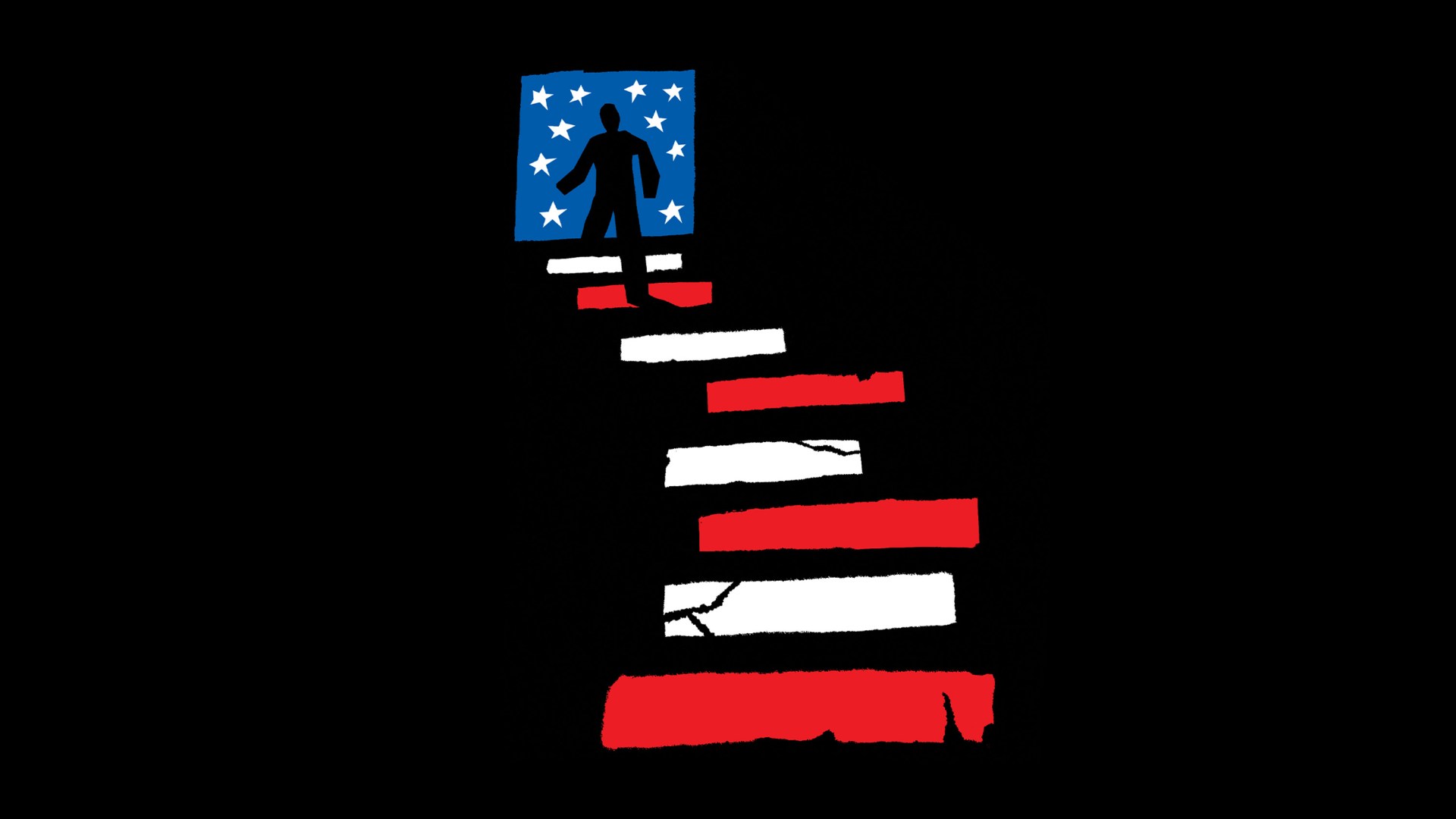Christianity Today has changed a bit since the first issue was published in October 1956. The look is different. The feel is different. We’ve chosen a different font.
One of the first editors of Christianity Today noted (with a hint of despair) that no one cares about fonts. He wasn’t wrong. Design elements—the font, or the width of the margin, the quality of the printer’s ink, and a million other near-invisible things—are meant not to be noticed directly but to give the magazine a “feel.”
If you do notice, and dig in to the history of Christianity Today’s design, one constant becomes clear: The magazine has been carefully updated, adjusted, and redesigned, time and again, to fulfill the promise of Today. CT strives to speak to this present moment, and that means sometimes changing how things look. It means, sometimes, caring more than normal about fonts.

1956 – Editor Carl F. H. Henry, planning the first issue of Christianity Today, complains that people think fonts are boring. The first issue uses Deepdene and Fairfield, which Henry considers modern typefaces.
1963 – CT’s first redesign is done by ad man Harvey Gabor, who will go on to direct the iconic commercial “I’d like to buy the world a Coke.” Gabor says CT requires something “intangible” and “a style and momentum all its own.”
1966 – CT prints its first image on the cover—a globe surrounded by flames, all in grayscale. Inside, the only editorial image is a cartoon. Later the same year, the magazine experiments with covers in color.
1976 – Color photos begin to appear semiregularly on CT covers. The 20th anniversary issue features Billy Graham in a yellow polo shirt. Inside, an editor examines the way evangelicals are “seizing the public imagination” in the “Year of the Evangelical.”
1978 – CT combines summer issues for economic reasons. Instead of four issues in July and August, there are now two. Circulation director Keith Stonehocker is credited with “maximizing growth while minimizing waste and inefficiencies.”
1983 – The nameplate—reading “Christianity Today” on the cover—is tweaked without any note in the magazine. Also, the periodical, which previously was published “fortnightly,” is now mailed out “semimonthly.”
1994 – CT’s layout and design are done on a desktop computer for the first time. Print articles are uploaded to the internet, making CT one of the first religious publications online.
2000 – The magazine is redesigned to improve the “flow” of content. The news section is moved to the beginning, and columnists Philip Yancey and Charles Colson are placed at the end. “I hope you recognized this magazine,” writes managing editor Michael G. Maudlin. “The changes are a little startling, I admit.”
2009 – Graphics are introduced to Christianity Today, and the sections are color-coded. An editor’s note from David Neff explains the concept: “Find that color—red, green, or yellow—running across the top of any page, and you’ll know what kind of material you’re about to read.”
2013 – CT starts printing “CT” on the cover. “We’ve started calling ourselves what everyone already calls us,” executive editor Andy Crouch says. He too tries to convince people that fonts are interesting: “We’ve adopted the glorious typefaces Periódico and Calibre.”
2024 – The issue you’re looking at now has a whole new look. Much of its inspiration was drawn from our 1960s era, particularly in the design of our new logo.





































